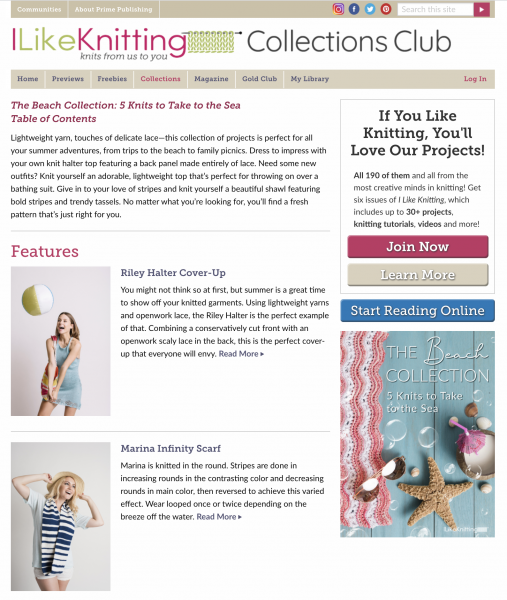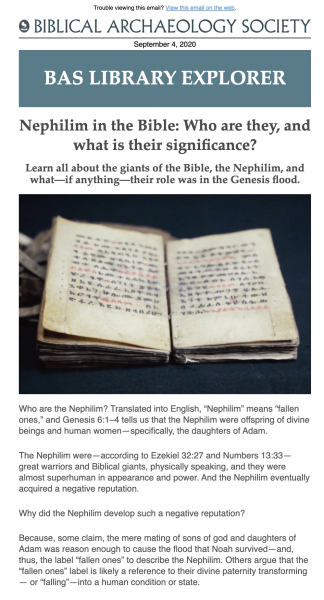
Transforming your archive of legacy magazine content into a membership website is a significant endeavor. But the work to produce such a massive resource is worth it to your organization, as long as you know how to sell it. Membership marketing has lots of tried and true strategies that have worked in the traditional membership world for decades, but we’d like to add three to the list specific to digital membership marketing.
These three membership marketing strategies have proven to be successful for the magazine publishers we work with. After creating a robust archive with new or legacy content, they have been able to double and triple their online subscription revenue. We’d like to share how, and of course, are happy to chat about it if you’d like some help.
[text_ad]
Metered Paywalls
Metered paywalls aren’t new, but the way we approach them is fairly unique to us, and having one benefits the other two strategies below. As you likely already know, a metered paywall allows a website visitor to consume a limited amount of premium content before they hit a paywall. Our best practice for most niche publishers is to give away three views of premium content per month. Our publishing partners have found that this is a sweet spot for conversions to premium membership.
It’s important to make it clear to the readers that the content is premium when they are reading it, with a floater or pop-up on the bottom of the page that tells them it’s premium and gives them the number of remaining premium articles they have access to. As they continue to see this message, they will have a visual reminder of how much content they consume from your site, which over time may influence them to subscribe.
For our partners, we create four versions of each paywall floater to let the subscriber know where they are on their journey. The first three have links to log in, continue to the article, and a button to subscribe. The only difference is the counter (which says if you have read 0 articles, 1 article, 2 articles). The last one has a message that they have viewed all their articles for the month, includes a link to login, a “not now” link that redirects to the home page, and a button to subscribe.
Having a metered paywall helps create a bright line between the premium magazine and collections content, and the free portal content. Our publishing partner Yankee uses aligned incentives to maximize the email capture rate on their free portal content, while their metered paywall conversion architecture teases full access to premium content and ultimately leads users to an order page to become premium members. Typically Yankee offers a low price or special introductory offer from their paywall conversion architecture in order to maximize the number of people who move on immediately to become premium subscribers.
Assuming you have this in place, you’ll benefit tremendously from the next two membership marketing strategies.
Combining Metered Paywall Membership Marketing with Special Collections and Library Previews
We’ve written at length about how you can boost the value of your digital library with all-access memberships, and within these memberships, you should include two bonus products that your competitors most likely don’t have: Special Collections and Library Previews. Having these two “products” makes membership marketing easier, and more enjoyable for your email subscribers.
Special Collections
A special collection is a type of content within your digital library, which has been curated to feature the best articles on a single topic, drawing from your existing premium content archive. The benefit of creating collections is to give your subscribers an easy way to find robust information on niche topics within your magazine archive.
The collection index page and collection TOC pages are visible to all users all the time, while the collection article pages are metered behind the paywall.
Below is an example from I Like Knitting, which has over 15 special collections. This collection below is their Beach Collection, which is a curated collection of five beachy knitting patterns. Without this collection, a member might have to search the whole archive to find nautical knitting patterns.

Beyond the member benefit, it also has a huge membership marketing bonus. Promoting a collection through email to a non-member helps them use up article credits if the digital library has a metered paywall, thus increasing their chances of seeing a call to subscribe more often. With just a magazine, you can merely promote new issues, but with special collections, you have new collections you can promote through email each time you launch one.
The magic is in how you promote it, which we’ll get into next.
Library Previews
A library preview is an advertorial email that reviews content within a special collection. It’s typically a long-form email written like a letter, that promotes the collection and the articles featured within it. It tends to give away a lot of content, in order to please the reader, but also links to articles within the special collections in order to use up the metered paywall credits, or to the membership order page if the content isn’t metered.
Previews are sent to both non-subscribers and paid subscribers. The difference is that non-subscribers are teased by the content with the benefit of accessing everything they see when they subscribe. Subscribers, on the other hand, are enticed to click and discover the content to which they already have access.
This example from the Biblical Archaeology Society teases their Noah and the Genesis Flood collection. The email is quite long and is an engaging read. Those interested in the topic are likely to want to click on the related links and become a member to digest the full collection. You can see the full email here.
The added benefit is that since collections should be created regularly, previews can be sent at consistent intervals and become a service of membership, letting members know that new content has been curated for their benefit.
What else would you add to this list of membership marketing strategies? What has worked for you?



